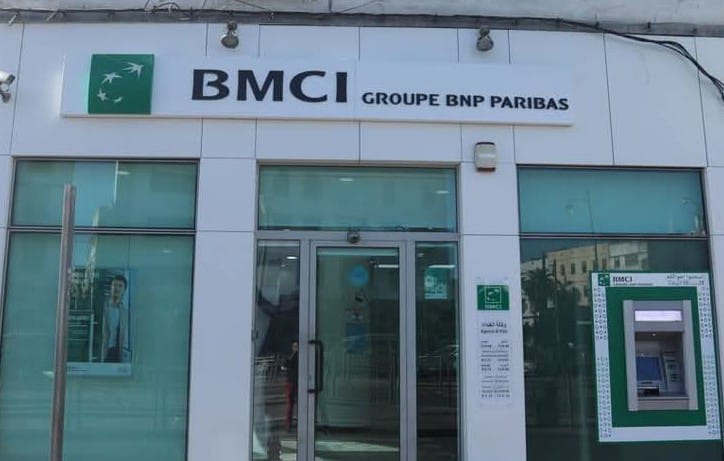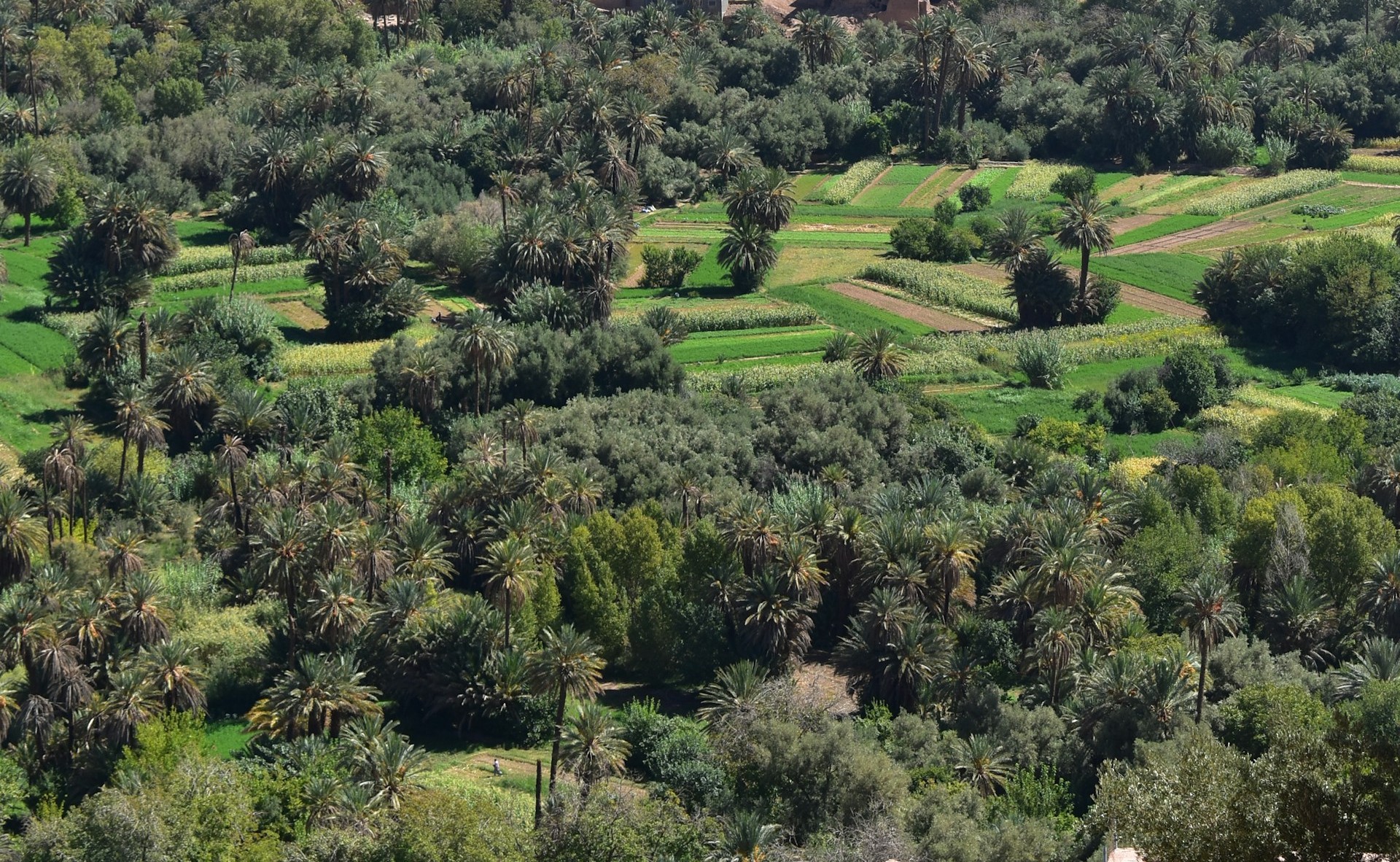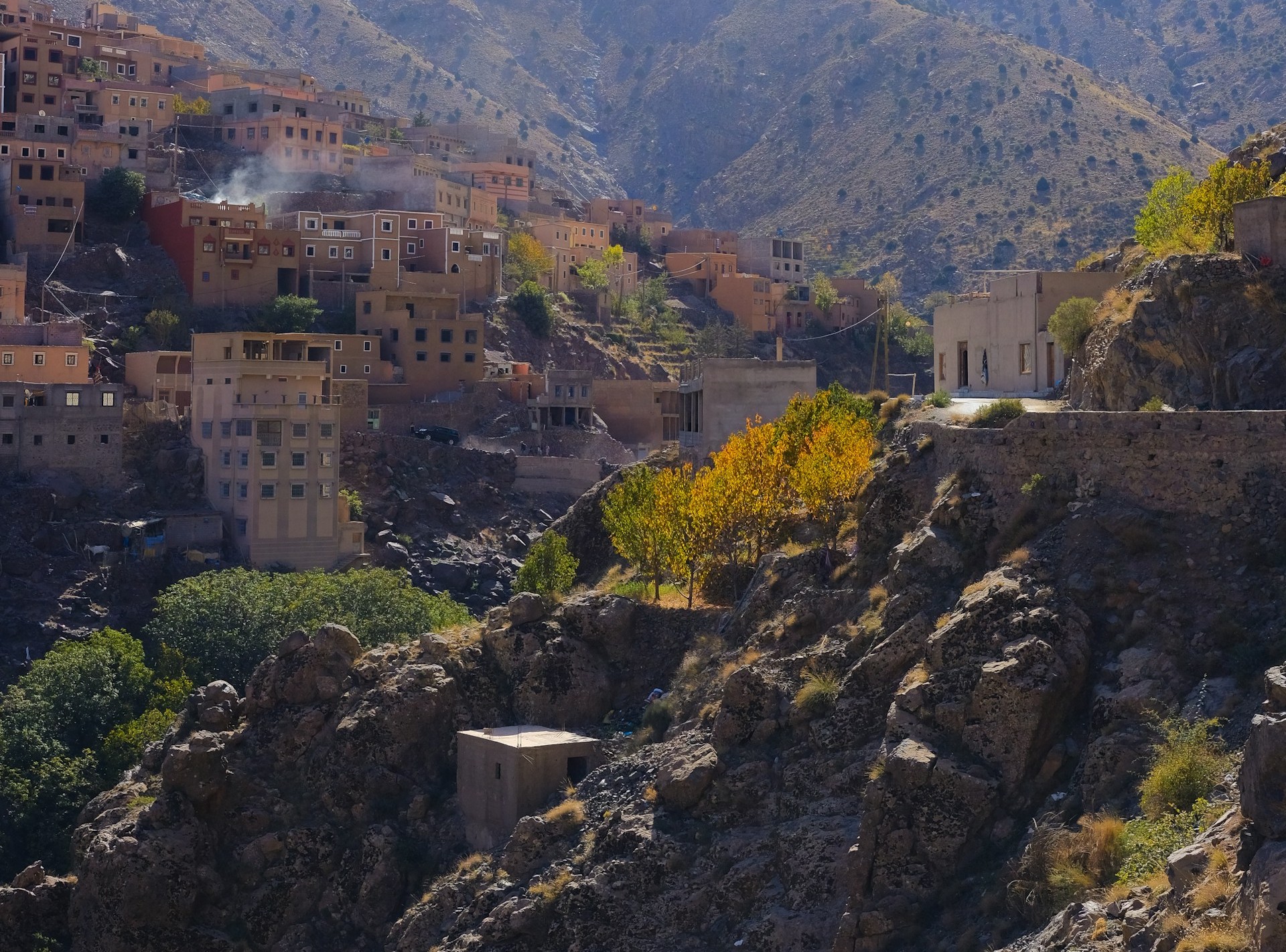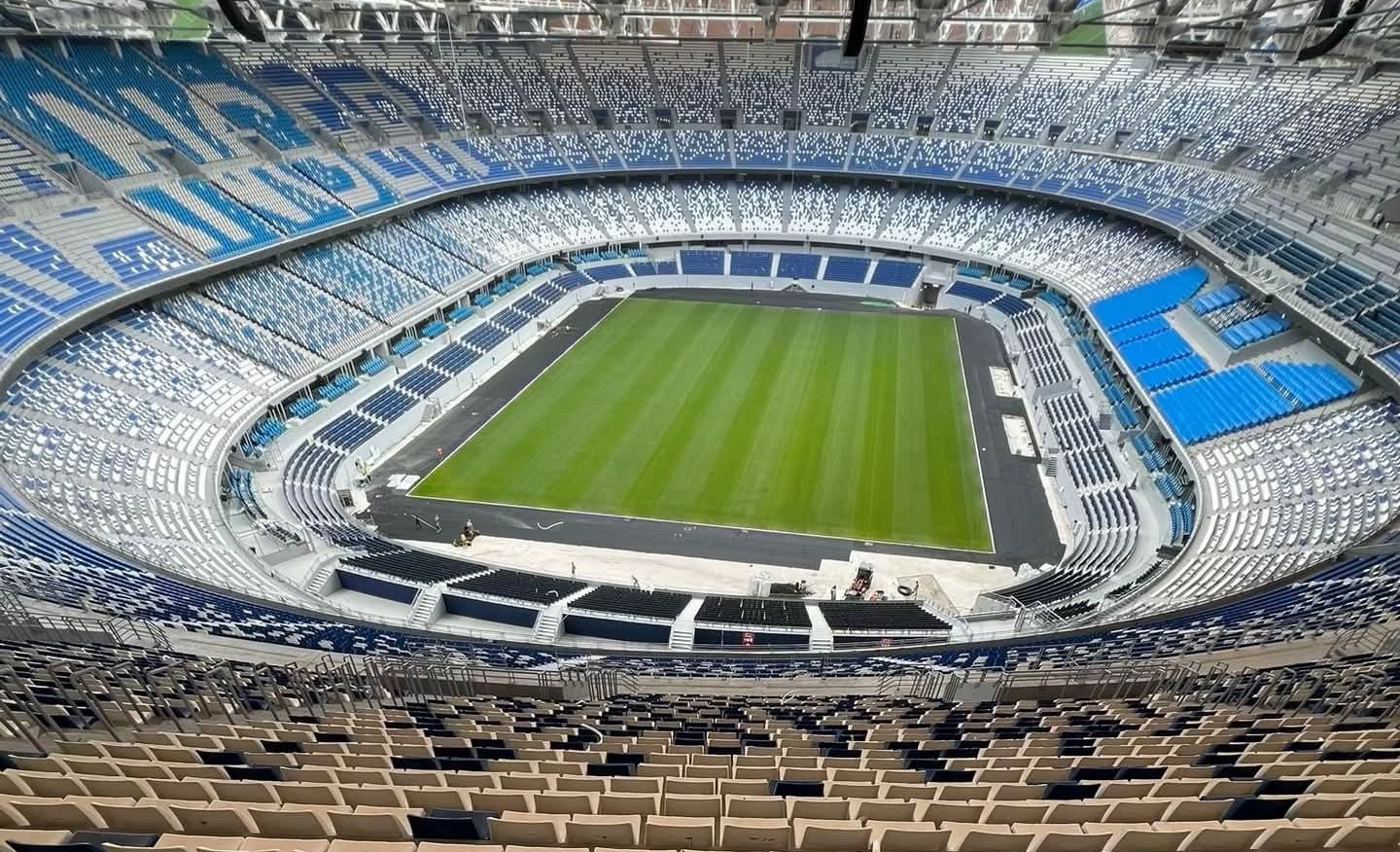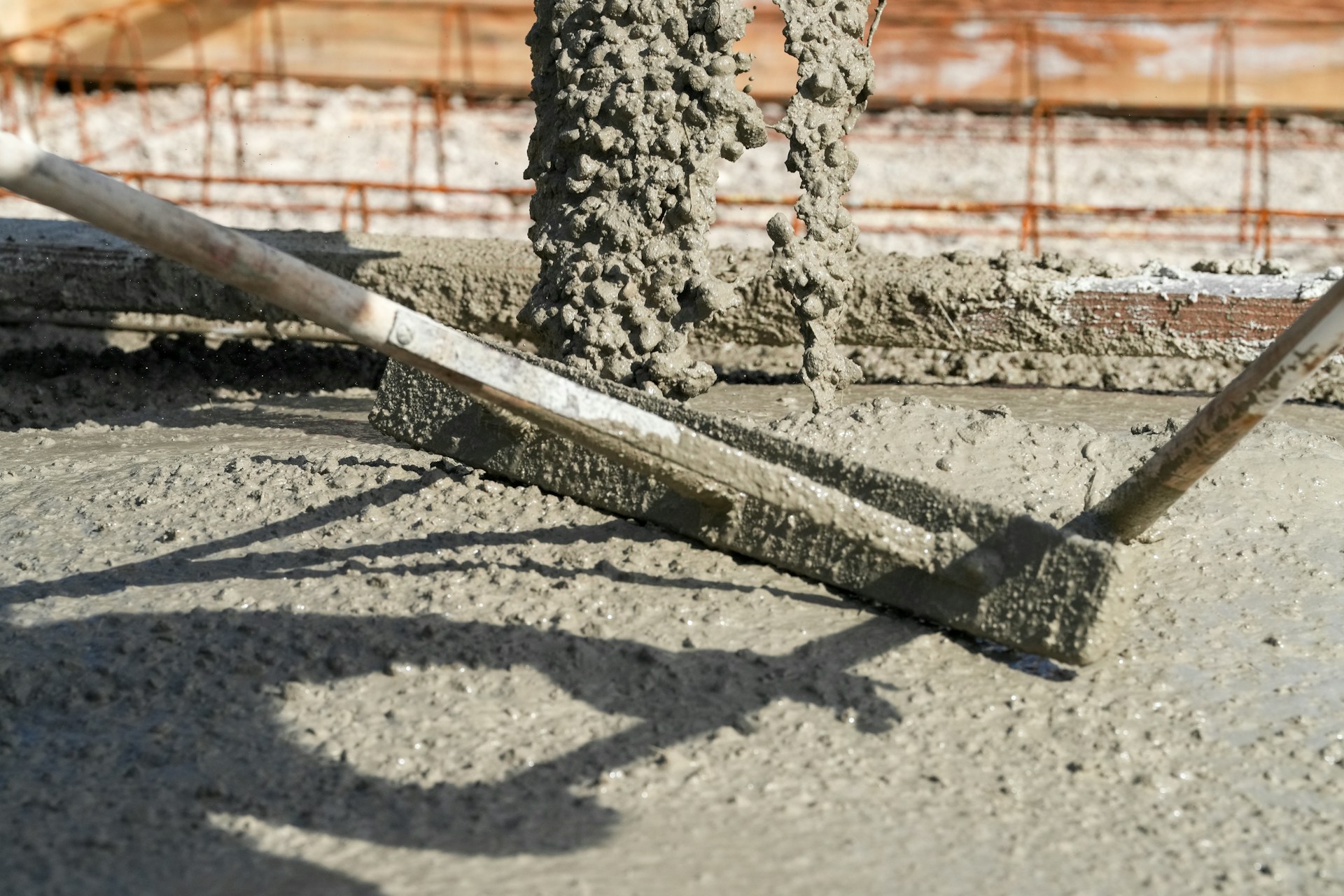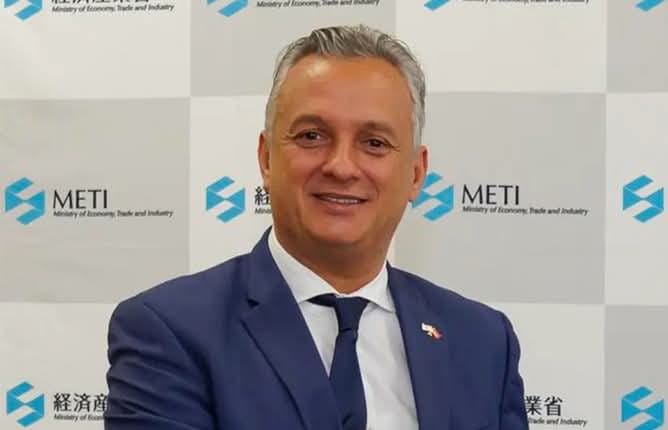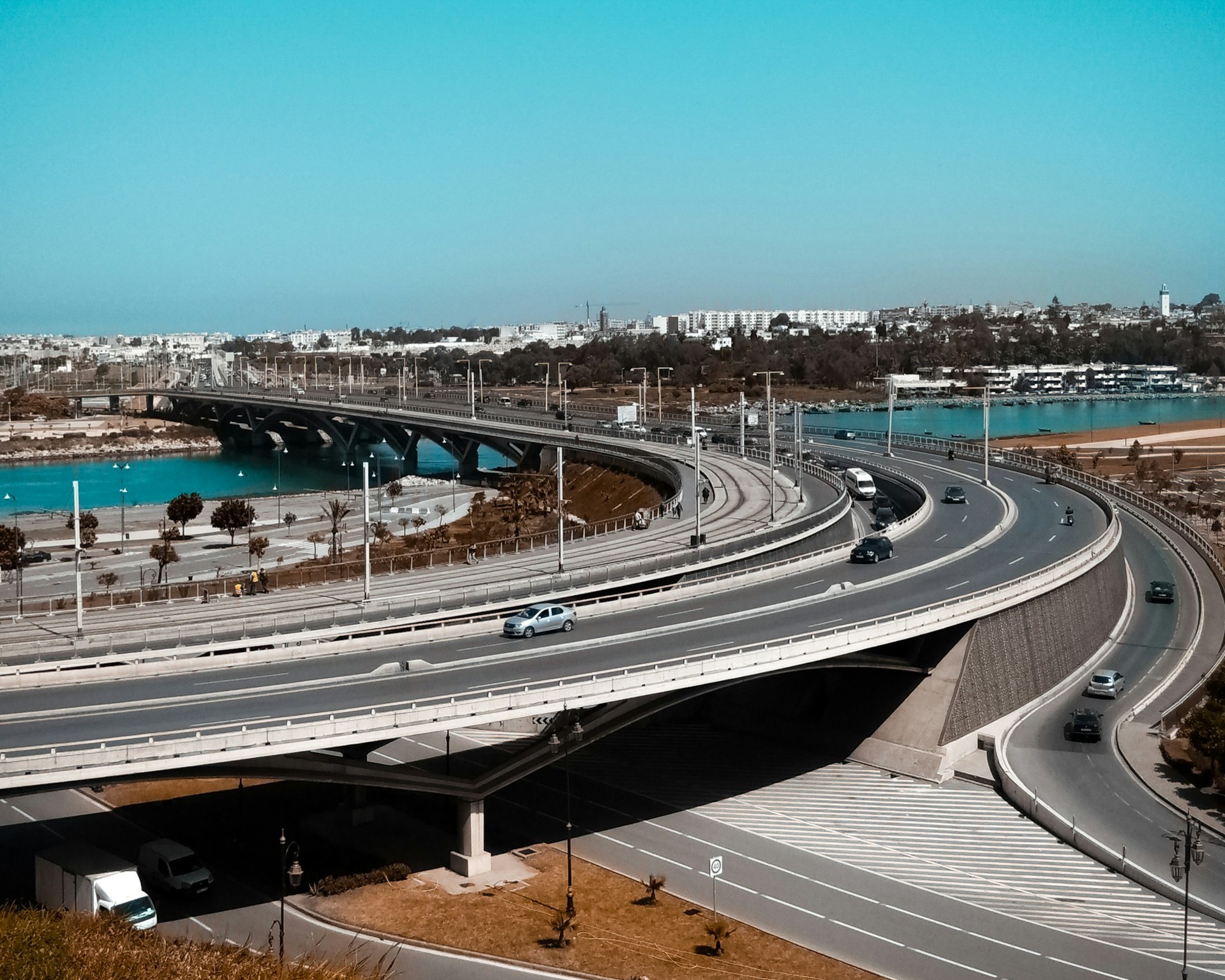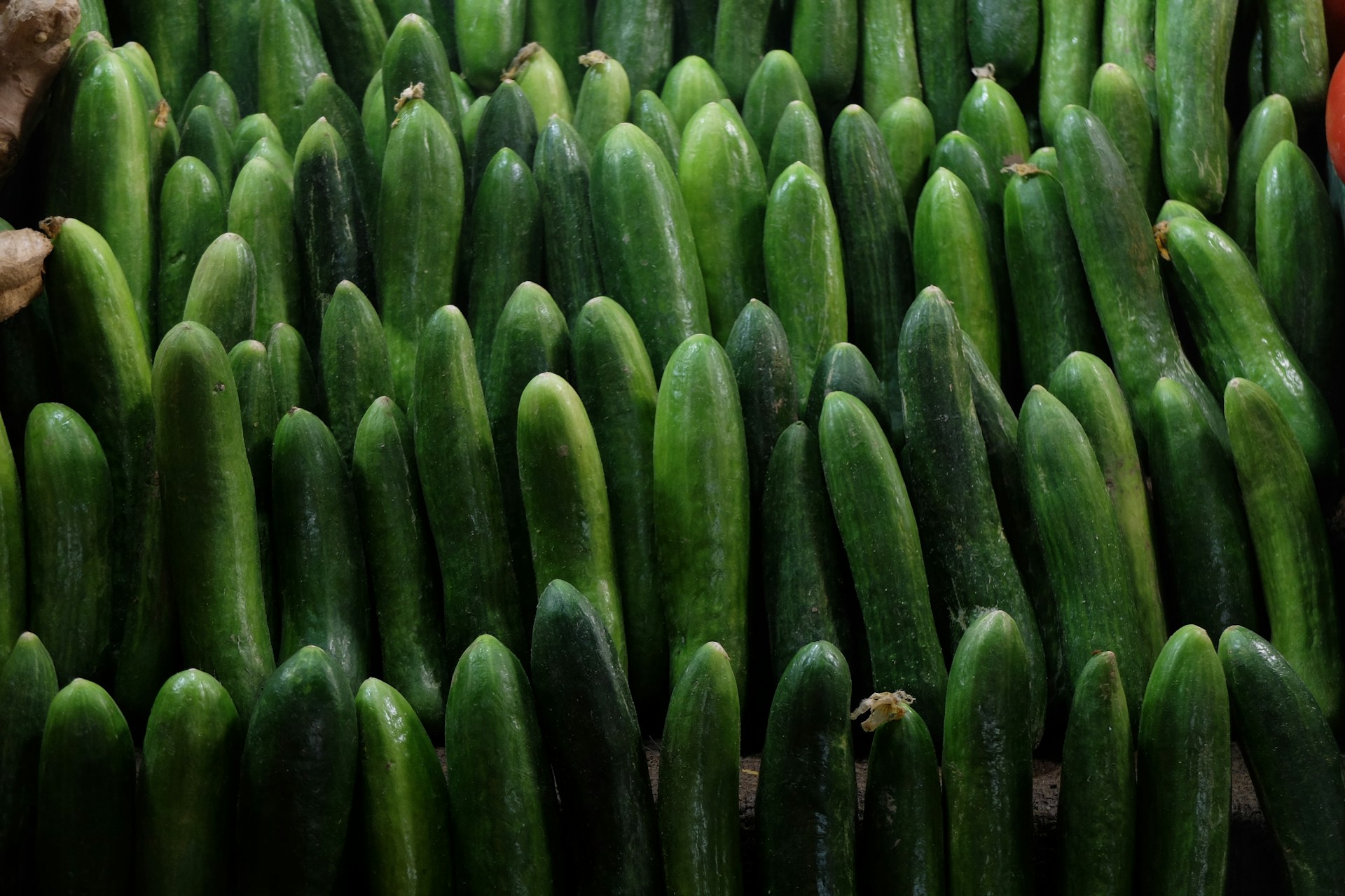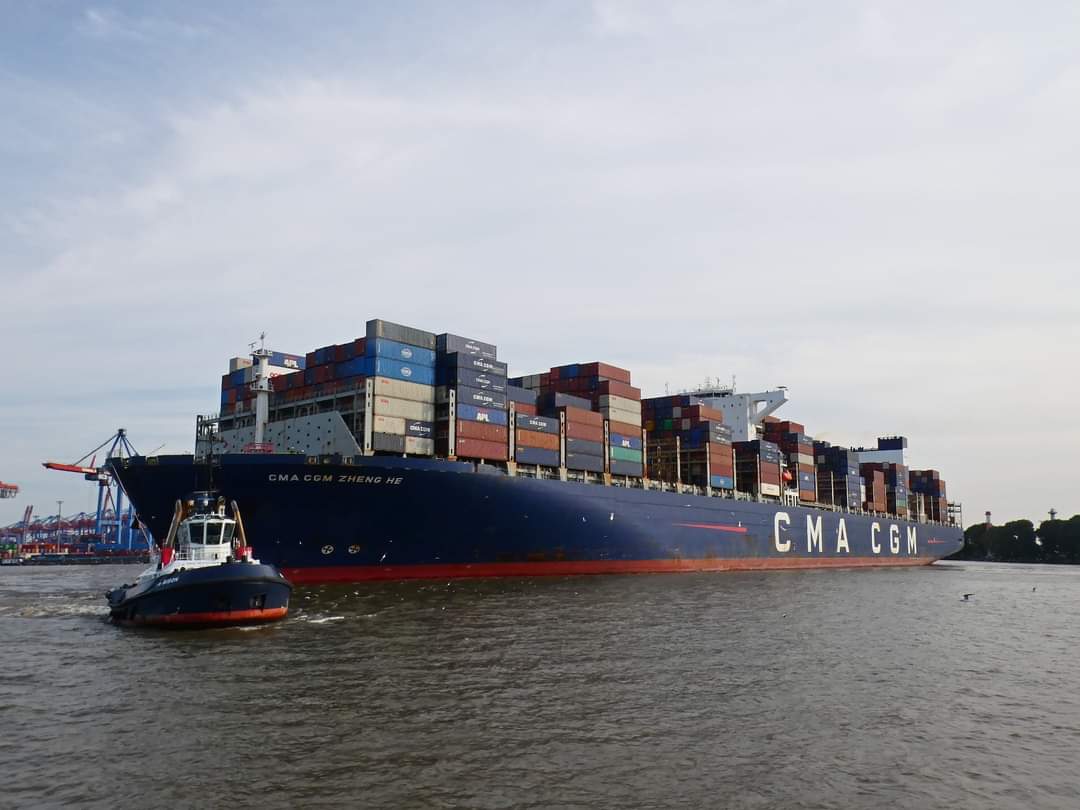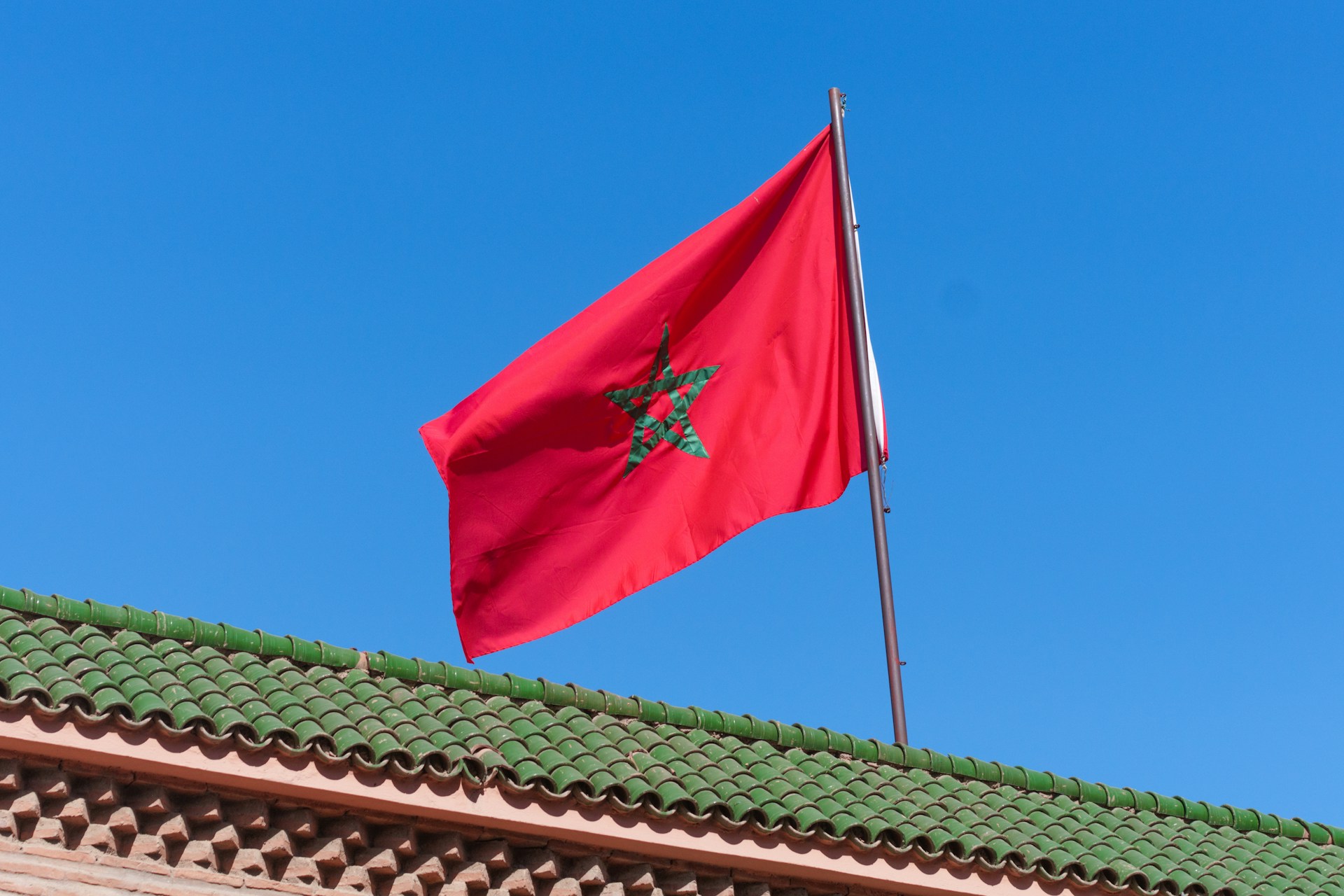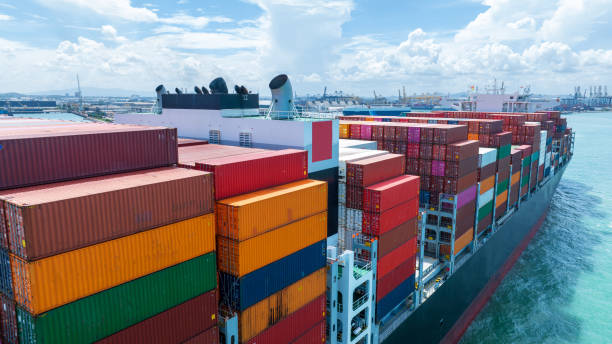Casablanca – Morocco’s cement market has shown strong performance in 2025, signaling sustained construction activity across the country. According to data released by the Ministry of Territorial Development, Urban Planning, Housing, and City Policy, cement sales reached 10.86 million tons by the end of September 2025, marking a 10.61% increase compared with the same period in 2024, when sales stood at around 9.8 million tons.
This steady growth highlights the continued strength of Morocco’s construction ecosystem, largely fueled by public infrastructure projects, industrial facilities, and urban expansion programs. However, experts caution that the rise in cement consumption does not necessarily indicate stronger housing supply, as most of the demand originates from non-residential projects such as transport networks, hospitals, and major public buildings.
Detailed look at cement consumption patterns
The ministry’s monthly report on cement sales provides insight into the structure of this growth. Out of the total sold during the first nine months of 2025:
- 5.96 million tons went to distribution,
- 2.71 million tons were destined for ready-mix concrete,
- 1.11 million tons for precast concrete,
- 704,345 tons for infrastructure works,
- 311,626 tons for construction projects, and
- 49,127 tons for mortar.
In September 2025 alone, cement deliveries reached 1.22 million tons, showing a 12.48% increase compared with September 2024. These figures were compiled using data from the Professional Association of Cement Companies (APC), which includes Asment Témara, Ciments de l’Atlas, Ciments du Maroc, LafargeHolcim Maroc, and Novacem, the latter joining the association in early 2024.
Infrastructure projects drive the surge
According to economic observers, the continued rise in cement sales is mainly attributed to large-scale infrastructure and public investment projects, which remain at the core of Morocco’s development strategy. Major works such as ports, airports, highways, hospitals, industrial zones, and sports facilities are key contributors to the sustained demand for building materials.
While residential construction continues in some regions, it represents only a portion of the overall activity. Analysts note that the majority of cement use is concentrated in non-residential projects, explaining why higher cement sales do not directly translate into an increase in housing availability.
The housing market, though active in certain cities, remains affected by several structural challenges. Rising land prices, higher input costs, and tax burdens have limited developers’ capacity to expand supply or lower prices. In recent years, profit margins in the real estate sector have declined sharply—from about 25–30% previously to roughly 5% today—leading some developers to scale back investments or redirect funds to other sectors.
All major inputs in the construction chain have become more expensive, from labor and raw materials to energy and transport. Despite these cost increases, selling prices for housing do not always rise at the same pace, partly due to weak purchasing power and tighter access to housing loans.
Uneven housing market
Market specialists point out that Morocco’s real estate landscape remains highly fragmented. The situation in Casablanca or Rabat, where demand for middle- and high-end housing continues, differs significantly from that in Ouarzazate, Errachidia, or other regional cities, where affordability is a key issue.
In urban centers, many new units are being developed as secondary residences or investment properties, often purchased by Moroccans living abroad or foreign buyers. As a result, a considerable share of housing construction does not feed into the domestic housing supply available for purchase by residents.
Experts also highlight that low- and middle-income households remain largely excluded from new housing projects, as rising construction costs have made it increasingly difficult to produce affordable homes. This divide has created a dual-speed market: one segment driven by private investment in high-end projects, and another struggling to meet the needs of the broader population.
Broader economic implications
Despite these disparities, the steady rise in cement sales reflects robust construction momentum and sustained public investment. The construction sector continues to play a central role in Morocco’s economy, generating thousands of jobs and supporting related industries such as steel, logistics, and services.
The cement industry, in particular, serves as a key indicator of economic activity, and its expansion points to growing confidence in national development programs. Government-led infrastructure initiatives — including transportation upgrades, industrial parks, and urban renewal projects — are expected to sustain cement demand through the end of 2025.
Outlook
Looking forward, Morocco’s cement market is likely to maintain positive momentum through the final quarter of the year. However, experts emphasize that growth in construction output must eventually translate into housing accessibility to address ongoing demand pressures. Achieving this balance will require targeted reforms — including easing land constraints, optimizing taxation, and encouraging affordable housing projects.
Morocco’s cement sector continues to expand, driven by ambitious infrastructure works and urban development initiatives. Yet, while the figures confirm strong construction dynamics, they also reveal a persistent gap between overall building activity and the housing needs of Moroccan citizens. Bridging that gap remains a central challenge for the country’s urban and economic policy in the years ahead.
